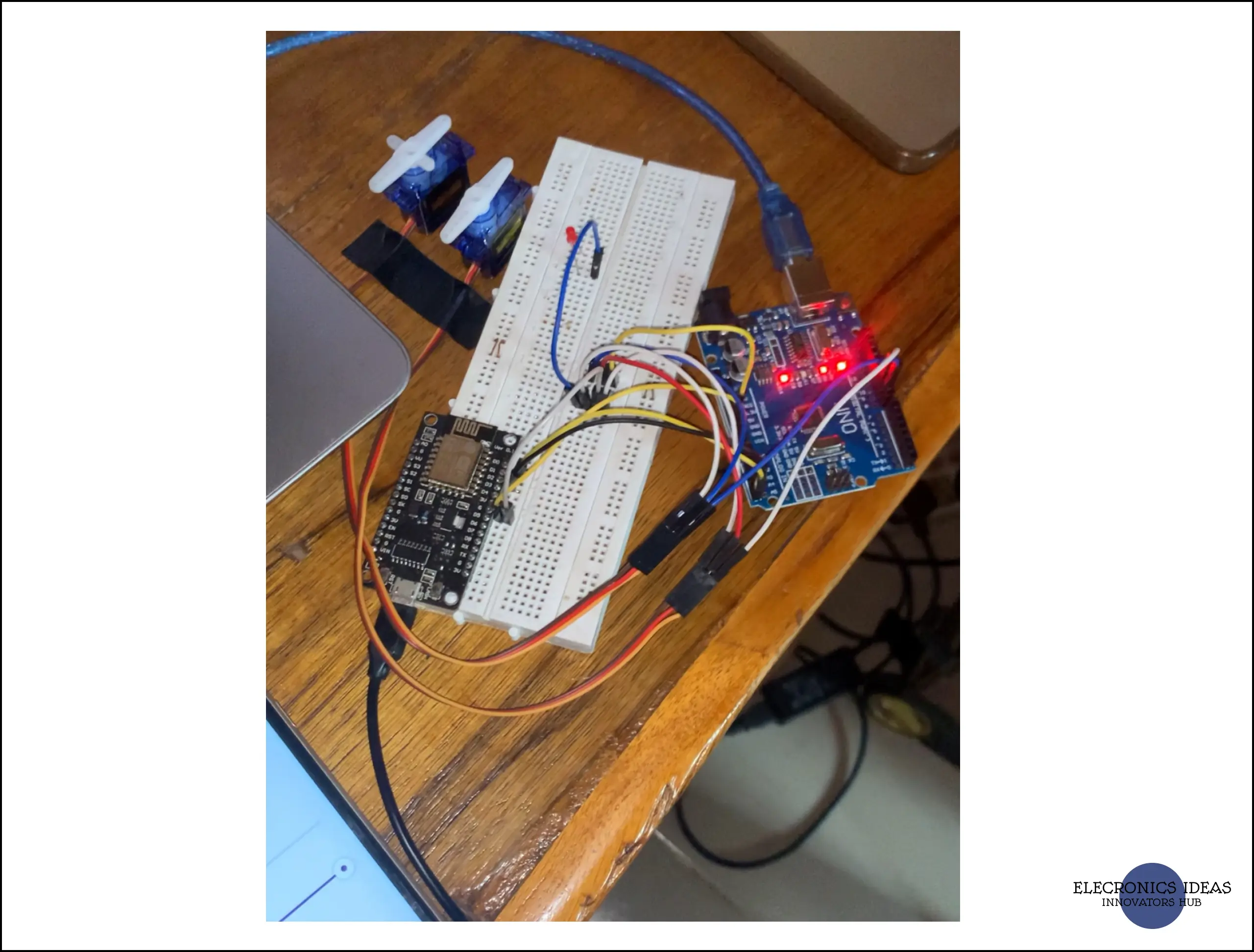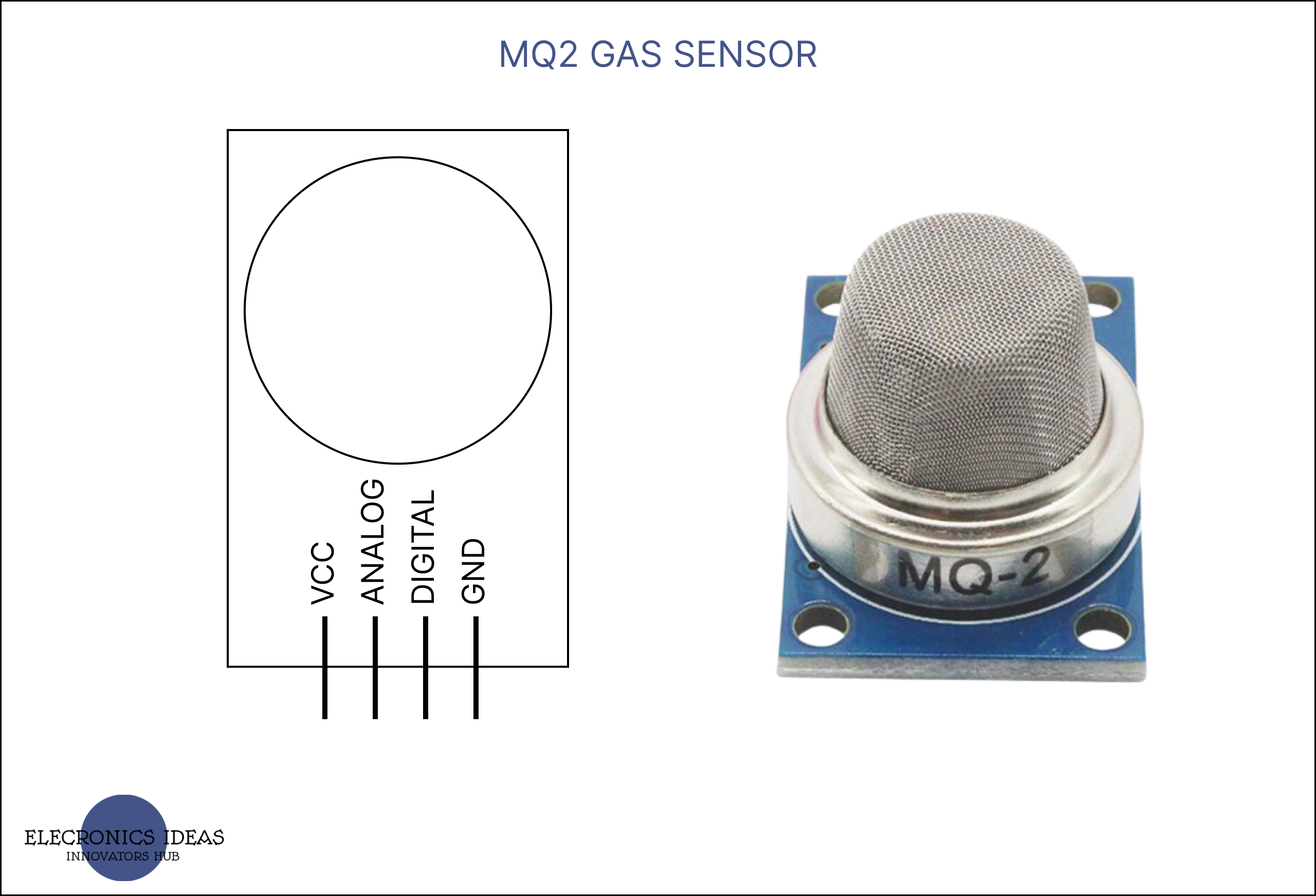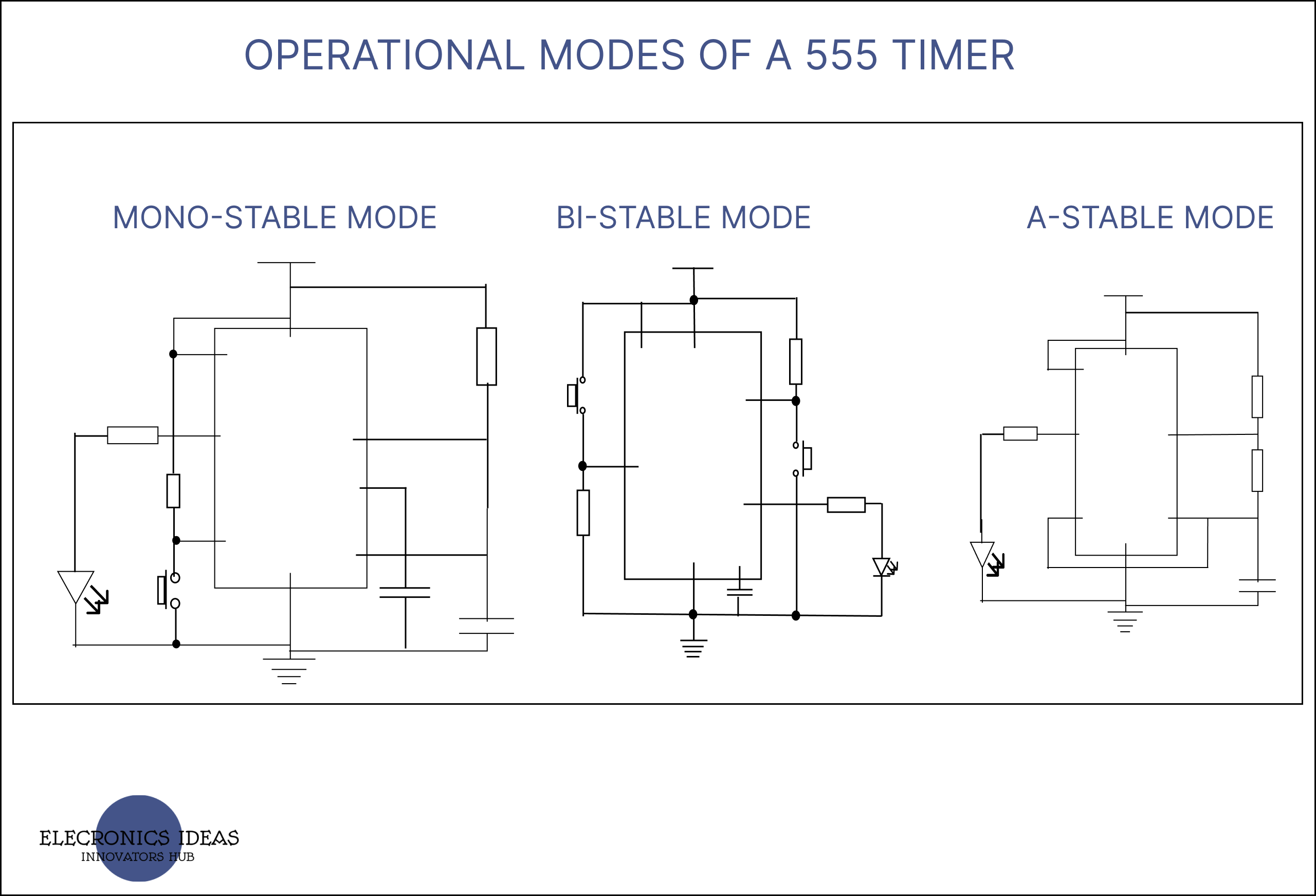Multiple devices on a slave in an I2C system
A typical I2C system consists of two separate components or microcontrollers between which we intend to enable data transmission. The I2C system is handy in electronics design as it can facilitate communication between as many as 119 components. The I2C system is made up of 4 pins, they are power (Vcc), ground, SCL, and SDA … Read more


















